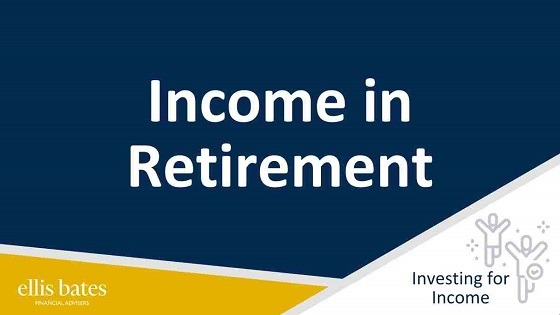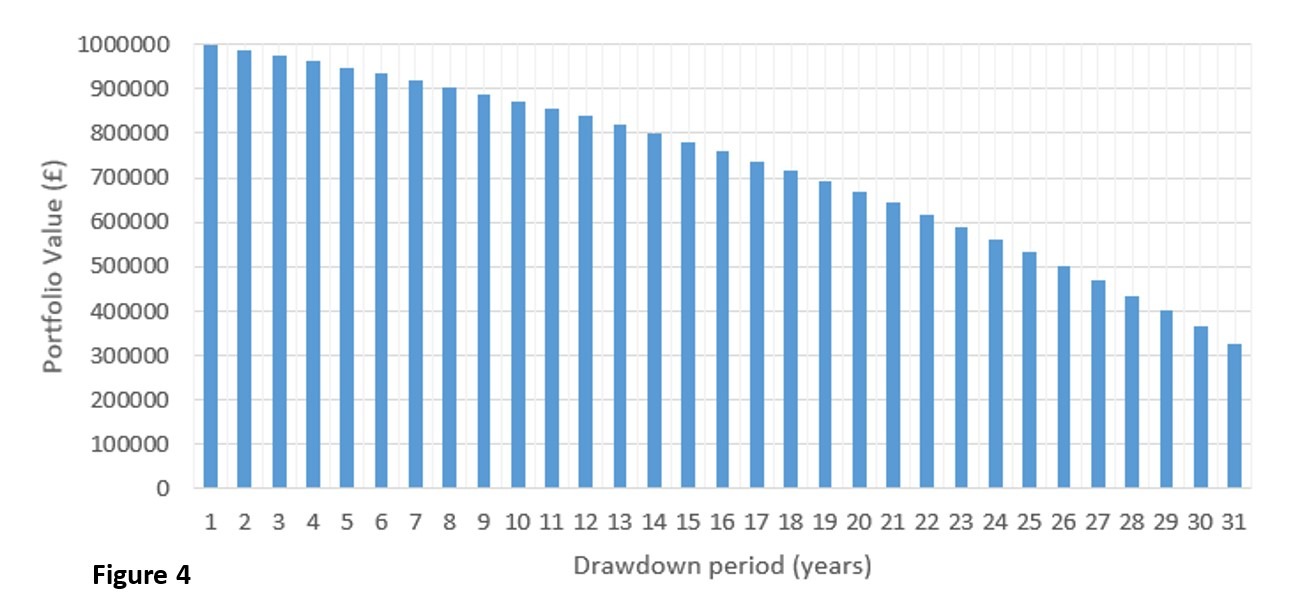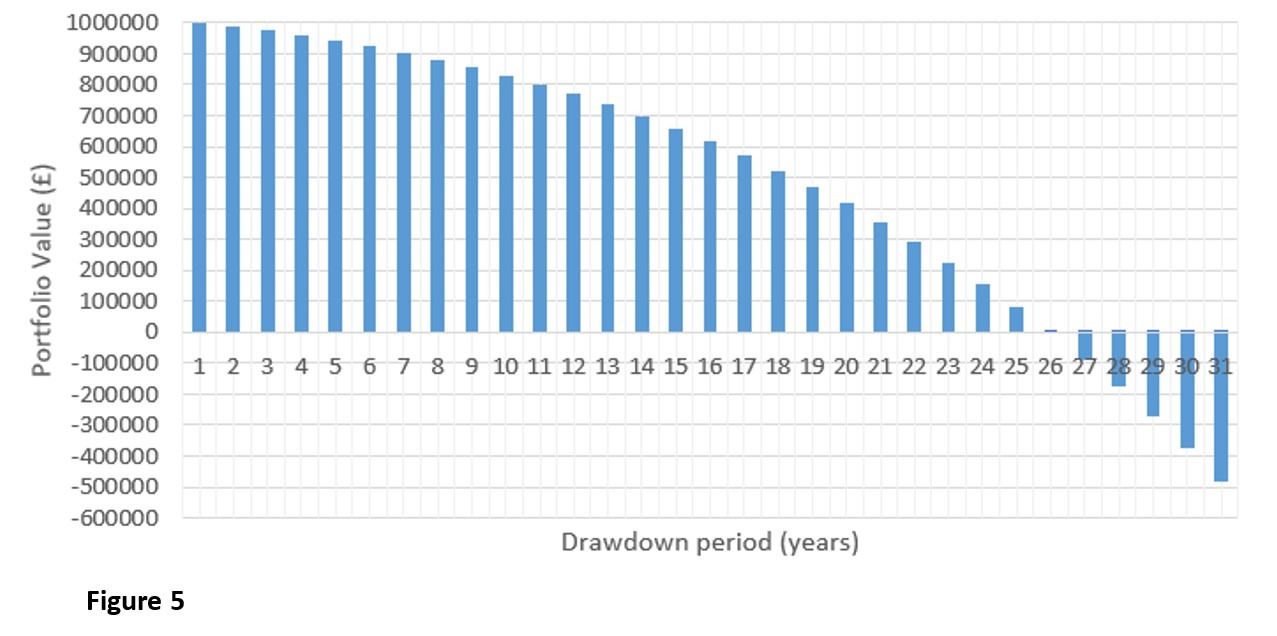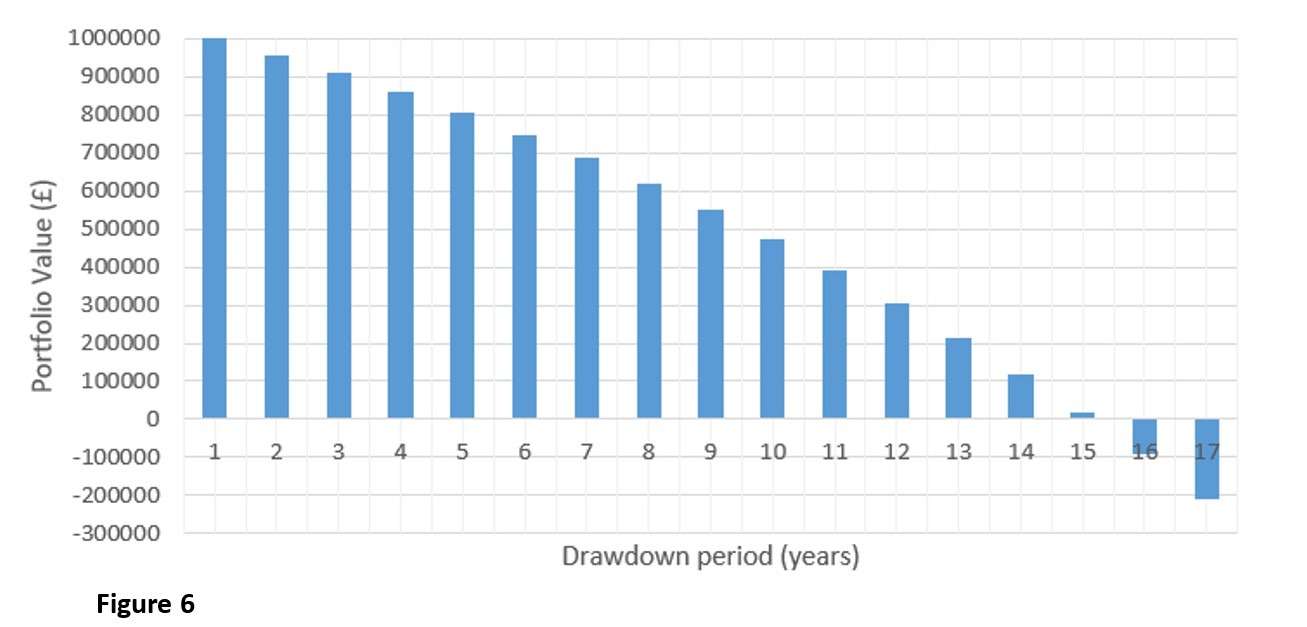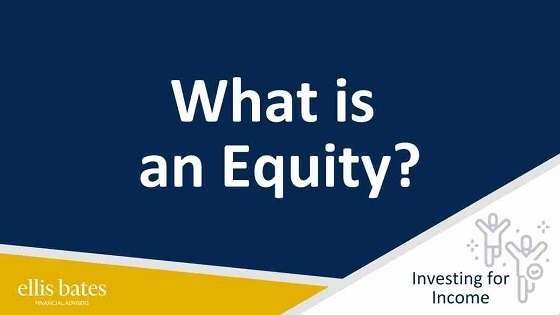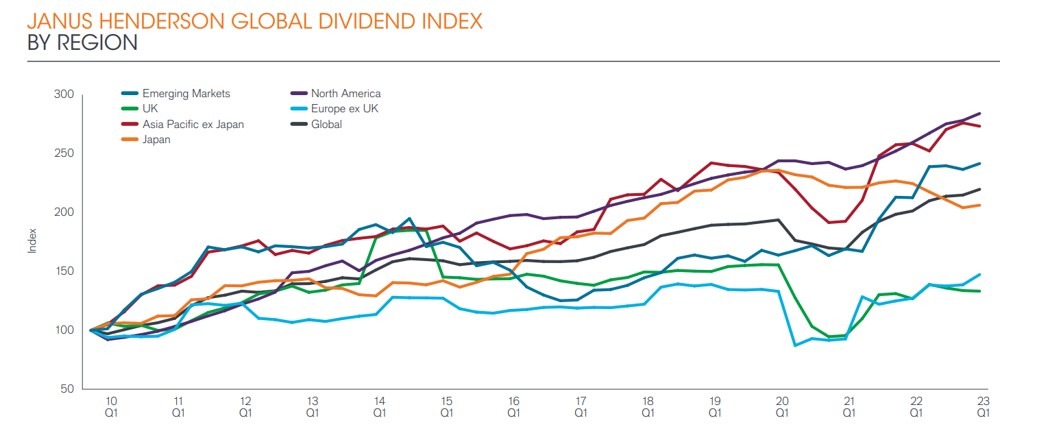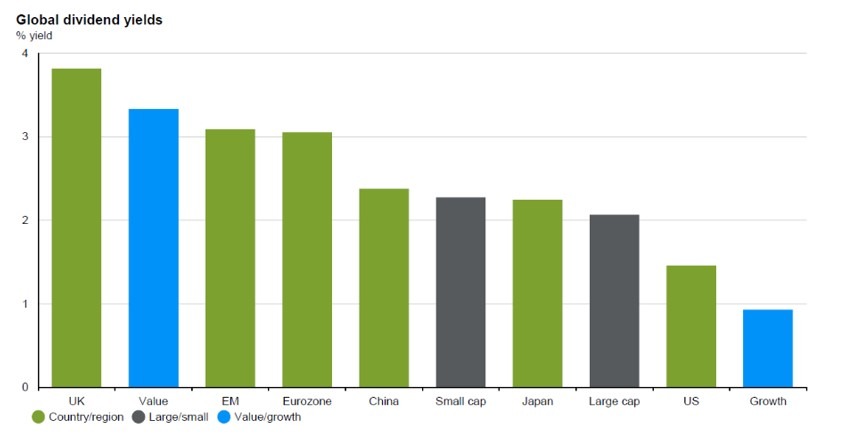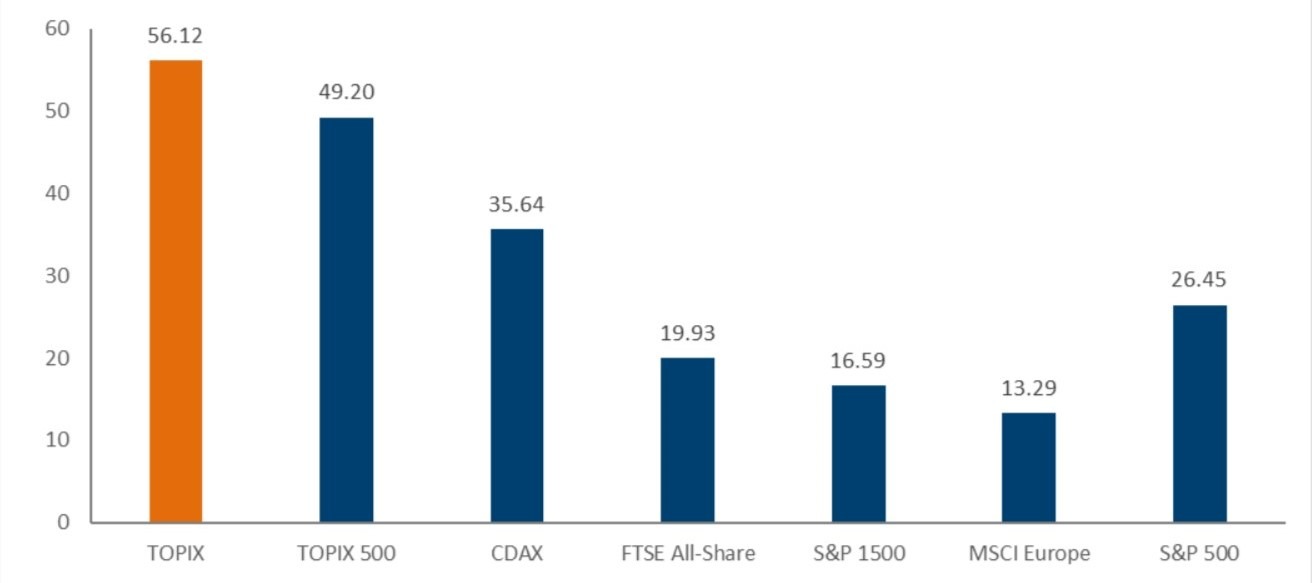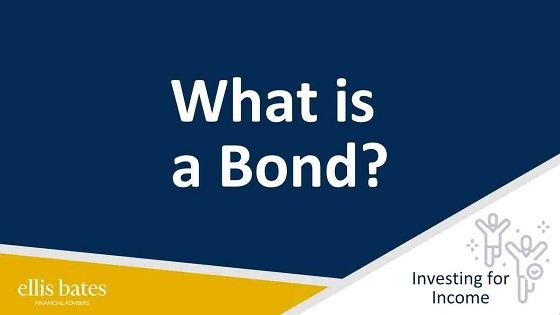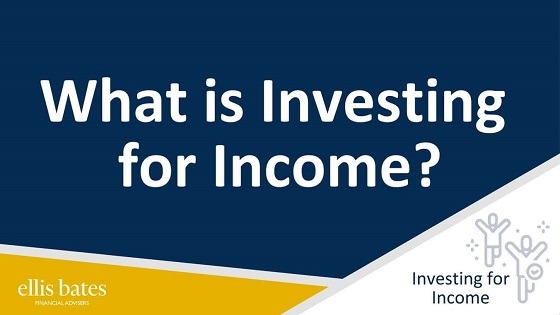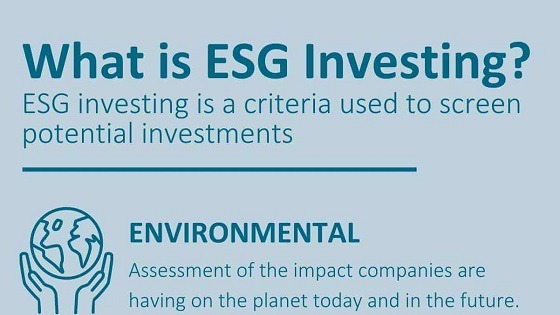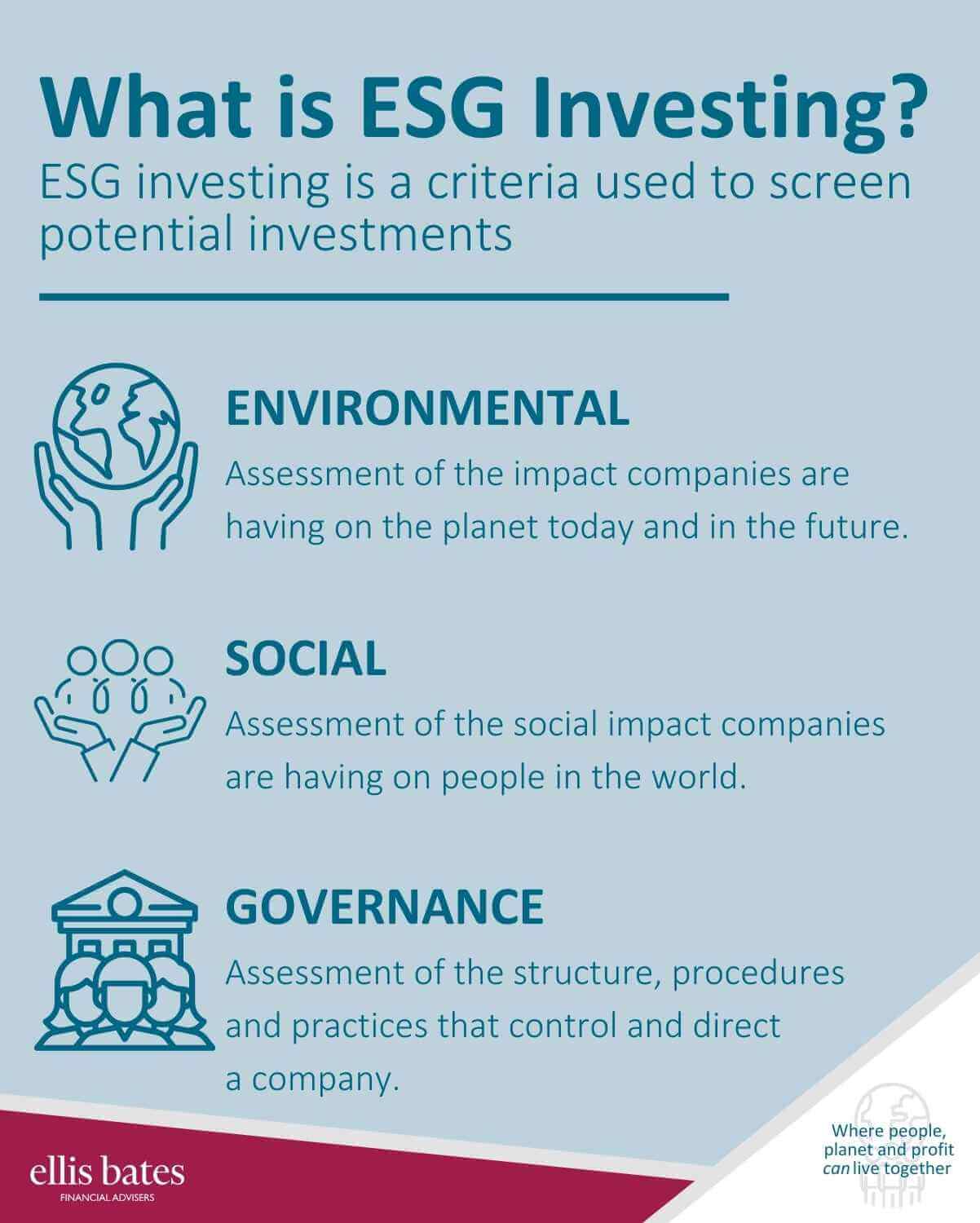What is an Annuity?
https://www.ellisbates.com/wp-content/uploads/2023/09/What-is-an-Annuity.jpg 560 315 Jess Easby Jess Easby https://secure.gravatar.com/avatar/70f816837c455030814d46a740cfc12d89893aaf8cbf8c8f8f59387d7b30ac08?s=96&d=mm&r=gAn annuity is a financial product whereby an individual provides an upfront capital amount in exchange for regular income payments for a specified period of time.
The rate of income that an individual is paid (the annuity rate) depends on various factors including their age and state of health, the capital amount, the length of the term, and current market rates as measured by the 10-year gilt yield (i.e. a UK government bond that matures in 10 years’ time).
The Purchasing Power of 10-Year Gilts and Annuities
Consider the purchasing power of a 10-year gilt: if you wanted to hold one of the most secure types of investment possible, what return could you have expected over time?
In 2008, before the global financial crisis, the yield on a 10-year gilt was 5.45%. You could receive an income of £5,450 a year on a £100,000 investment, so in terms of making a retirement decision and income planning, this was a relatively straightforward position to be in.
As interest rates were cut in the years that followed to stimulate the economy, so too did bond yields fall. By 2021, the 10-year gilt yield had moved down to 0.54%. An investment of £100,000 now provided about £500 a year of income – a fall of 91% compared with 2008 levels.
Thus, if you wanted to generate a secure income of about £5,000 a year, you now needed £1,009,259!
In recent years, the Bank of England has been raising interest rates to bring persistently high inflation under control. In response, 10-year gilt yields have also risen, to over 4% for 2023 – and almost back to 2008 levels. Thus, if you want to generate a secure of £5,450 a year today, you now only need £133,252.
|
Year |
Yield | Income on £100,000 | Difference in income vs previous | Difference in income vs 2008 |
Amount needed to secure £5,450 “risk-free” |
| 2008 | 5.45% | £5,450 | £100,000 | ||
| 2012 | 2.07% | £2,070 | -62% | -62% | £263,285 |
| 2016 | 1.66% | £1,660 | -20% | -69% | £328,313 |
| 2021 | 0.54% | £544 | -67% | -91% | £1,009,259 |
| 2023 | 4.09% | £4,090 | +657% | -25% | £133,252 |
Annuities have therefore become a viable retirement strategy once again, and are becoming a popular option for investors who want a dependable rate of return.
A variety of annuities are available, and additional features can be incorporated into annuity contracts based on your individual needs and circumstances. Should you wish to find out more information or discuss how an annuity would work for you, please get in touch with your Financial Advisor.


